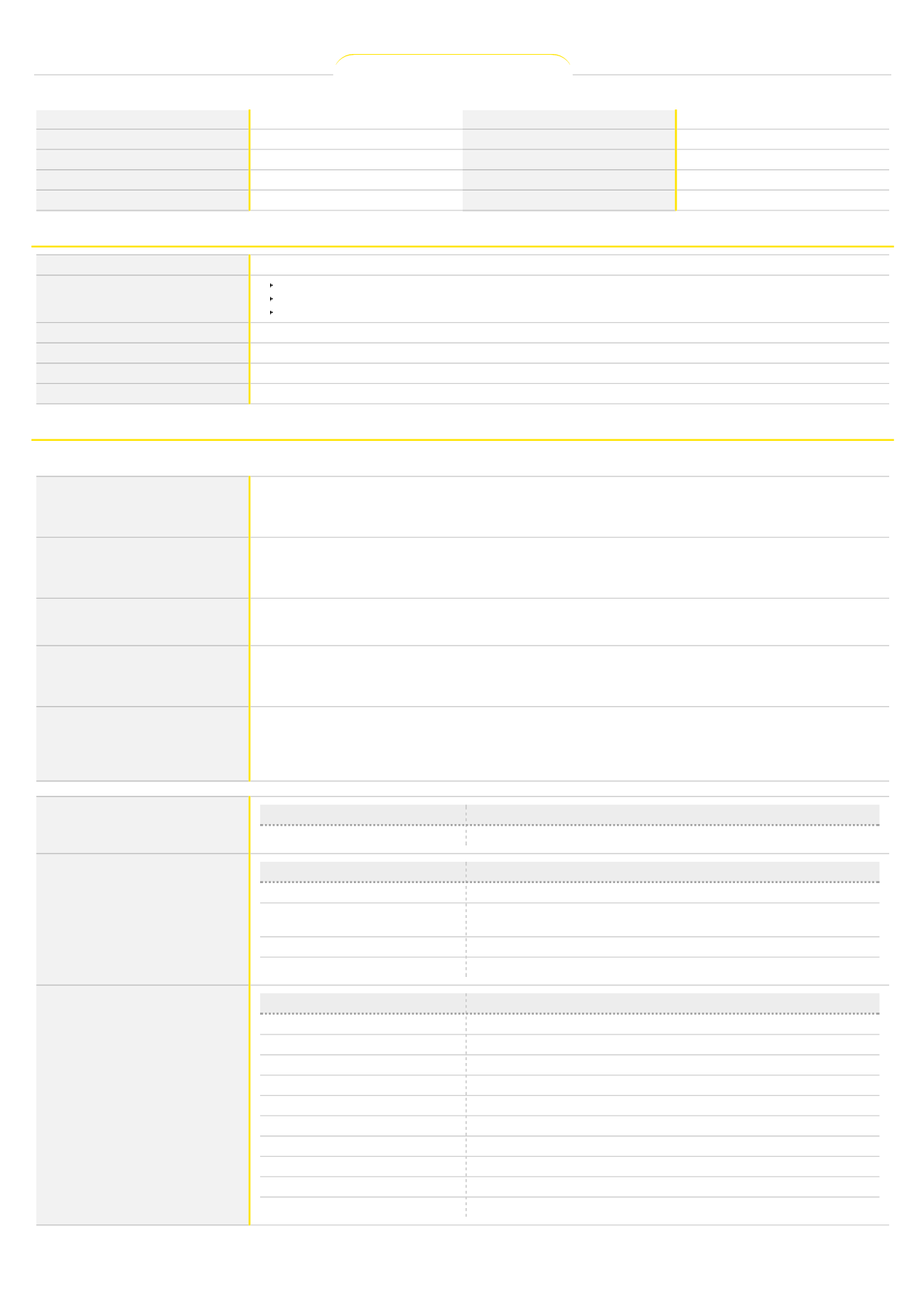

Upper Explosive Limit (%)
Not Applicable
Surface Tension (dyn/cm or mN/m)
Not Applicable
Lower Explosive Limit (%)
Not Applicable
Volatile Component (%vol)
Not Available
Vapour pressure (kPa)
Not Applicable
Gas group
Not Available
Solubility in water (g/L)
Immiscible
pH as a solution(1%)
Not Applicable
Vapour density (Air = 1)
Not Applicable
VOC g/L
Not Available
SECTION 10 STABILITY AND REACTIVITY
Reactivity
See section 7
Chemical stability
Unstable in the presence of incompatible materials.
Product is considered stable.
Hazardous polymerisation will not occur.
Possibility of hazardous reactions
See section 7
Conditions to avoid
See section 7
Incompatible materials
See section 7
Hazardous decomposition products
See section 5
SECTION 11 TOXICOLOGICAL INFORMATION
Information on toxicological effects
Inhaled
The material is not thought to produce respiratory irritation (as classified by EC Directives using animal models). Nevertheless inhalation of
dusts, or fumes, especially for prolonged periods, may produce respiratory discomfort and occasionally, distress.
Acute silicosis occurs under conditions of extremely high silica dust exposure particularly when the particle size of the dust is small. It differs
greatly from classical silicosis both clinically and pathologically.
Ingestion
The material has
NOT
been classified by EC Directives or other classification systems as "harmful by ingestion". This is because of the lack of
corroborating animal or human evidence. The material may still be damaging to the health of the individual, following ingestion, especially where
pre-existing organ (e.g liver, kidney) damage is evident. Present definitions of harmful or toxic substances are generally based on doses
producing mortality rather than those producing morbidity (disease, ill-health).
Skin Contact
The material is not thought to produce adverse health effects or skin irritation following contact (as classified by EC Directives using animal
models). Nevertheless, good hygiene practice requires that exposure be kept to a minimum and that suitable gloves be used in an occupational
setting.
Eye
Limited evidence exists, or practical experience suggests, that the material may cause eye irritation in a substantial number of individuals and/or
is expected to produce significant ocular lesions which are present twenty-four hours or more after instillation into the eye(s) of experimental
animals. Repeated or prolonged eye contact may cause inflammation characterised by temporary redness (similar to windburn) of the conjunctiva
(conjunctivitis); temporary impairment of vision and/or other transient eye damage/ulceration may occur.
Chronic
Harmful: danger of serious damage to health by prolonged exposure through inhalation.
Serious damage (clear functional disturbance or morphological change which may have toxicological significance) is likely to be caused by
repeated or prolonged exposure. As a rule the material produces, or contains a substance which produces severe lesions. Such damage may
become apparent following direct application in subchronic (90 day) toxicity studies or following sub-acute (28 day) or chronic (two-year) toxicity
tests.
EssaStone
TOXICITY
IRRITATION
Not Available
Not Available
silica crystalline - quartz
TOXICITY
IRRITATION
Inhalation (human) LCLo: 0.3 mg/m3/10Y Y
Inhalation (human) TCLo: 16
mppcf*/8H/17.9
Inhalation (rat) TCLo: 50 mg/m3/6H/71W
Not Available
Not Available
styrene
TOXICITY
IRRITATION
Inhalation (Human) LCLo: 10000 ppm/30 m Eye (rabbit): 100 mg/24h - moderate
Inhalation (Mouse) LC50: 9500 mg/m3/4h Skin (rabbit): 500 mg - mild
Inhalation (Rabbit) LC: 4000 ppm/4h
Inhalation (Rat) LC50: 24000 mg/m3/4h
Intraperitoneal (Mouse) LD50: 660 mg/kg
Intraperitoneal (Rat) LD50: 898 mg/kg
Intravenous (Mouse) LD50: 90 mg/kg
Oral (Mouse) LD50: 316 mg/kg
Oral (Rat) LD50: 2650 mg/kg
Not Available
Not Available
Not available. Refer to individual constituents.
Chemwatch:
22-9931
Version No:
5.1.1.1
Page
5
of
7
EssaStone
Issue Date:
11/03/2014
Print Date:
15/06/2014
Continued...
















